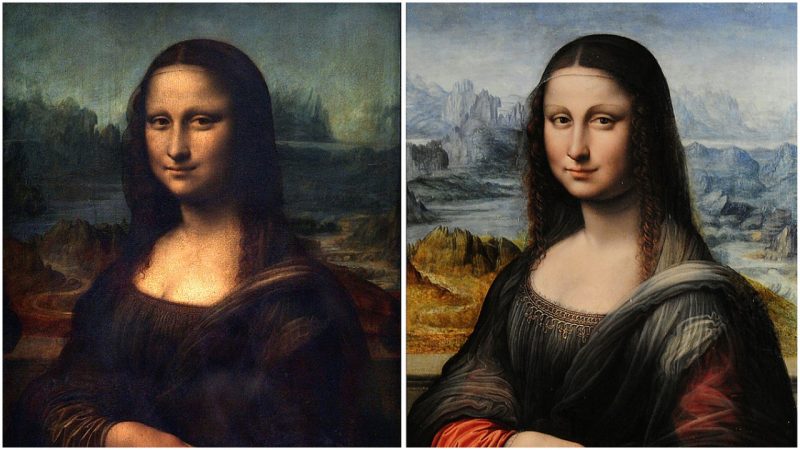There are few paintings out there that are more famous than the Mona Lisa.
Painted by the brilliant polymath Leonardo da Vinci, the Mona Lisa depicts a woman with an enigmatic expression, a half-smile of sorts that suggests something more is going on.
Many have mused about the meaning of the smile, yet such a fact is lost to history. The Mona Lisa is often replicated, sometimes as a parody, mocking the fame of the painting, but usually by artists whose intentions are sincere.
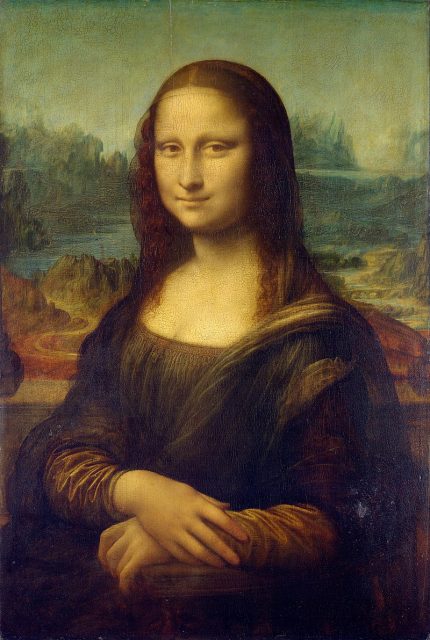
Such replications might be a way for an artist to express his or her own thoughts and feelings, or to display the work in an exhibit that people can see in person, since the current Mona Lisa is resting safely behind bulletproof glass in the Louvre.
These replicas, while interesting, hold nowhere near the value of the original that inspired them. Yet one replica was discovered to be of extreme importance in 2012, during a restoration effort.
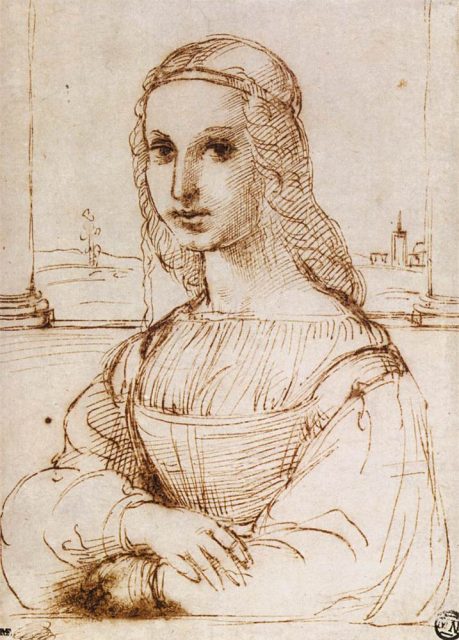
Known as the Prado Mona Lisa, because it is on display in the Museo del Prado in Madrid, this painting was initially thought to be nothing more than yet another copy.
Without a named artist, this copy of Mona Lisa was determined to have been created in the early 16th century and appeared to have little going for it.
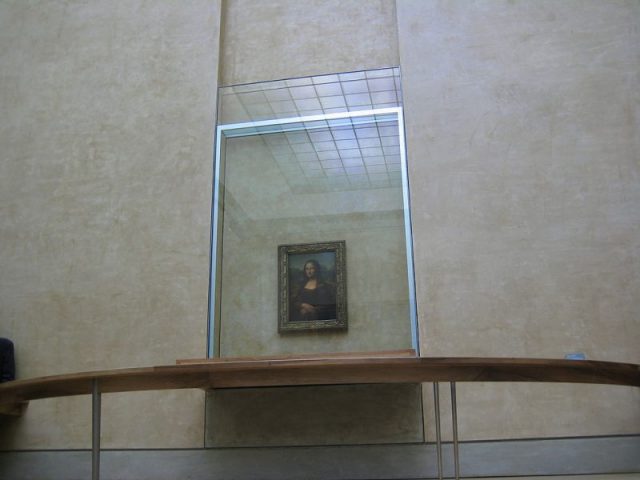
The colors were more vivid than in the original, and behind the woman was nothing but a black background.
During a restoration project on Prado’s Mona Lisa in 2010, a startling discovery was made. The black background was not part of the original painting but had instead been added to the painting as early as the 1700s.
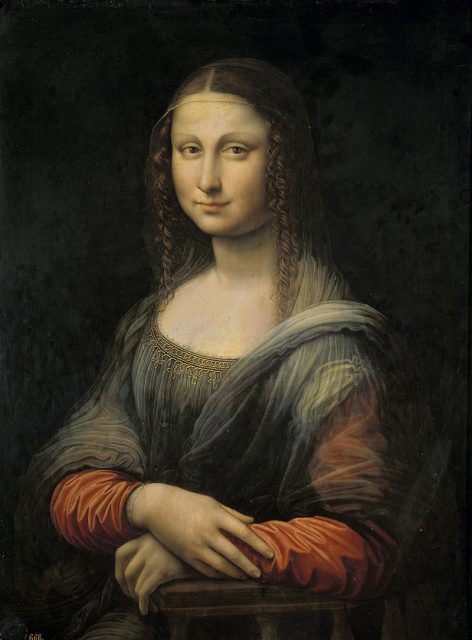
With careful cleaning and restoration efforts, the real background of the painting was stunning–and it was almost identical to the background of the original Mona Lisa.
The similarities between the two paintings led the team to conclude that this painting might be related to the original in some way.
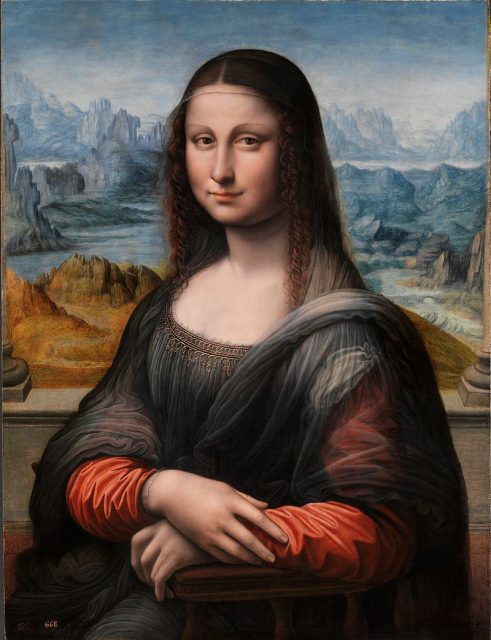
In addition to the physical restoration, infrared scans were done on the painting to determine the history of the under-drawing changes made during the progress of painting.
These scans allow for researchers to study what the artist sketched in preparation for the beginning of the painting process.
Who was suspected of stealing the Mona Lisa from the Louvre in 1911?
What was shocking was that the drawing changes made to Prado’s Mona Lisa were the exact same as the drawing changes made to the original Mona Lisa.
This suggests that the person who made this copy wasn’t just a random artist, but was instead in the same studio as Leonardo da Vinci while he was creating the original.
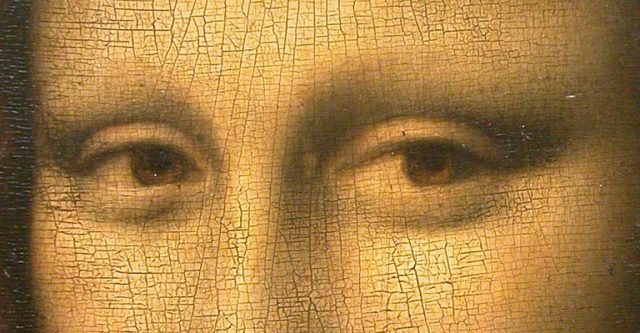
The strongest theory is that one of Leonardo’s apprentices was copying the painting alongside the master, working diligently in order to apply the techniques that would result in creating a similar painting.
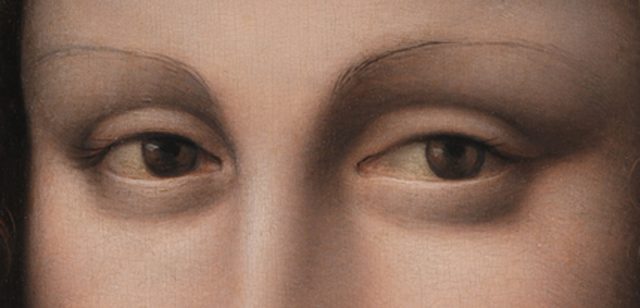
The Mona Lisa and Prado’s Mona Lisa were both created in the same studio, at the exact same time, it seems.
While there is no hard evidence that the same paint was used for both and there is an outstanding question as to why the frames are different, the chances of this painting having been made in the same studio seem to be quite high.
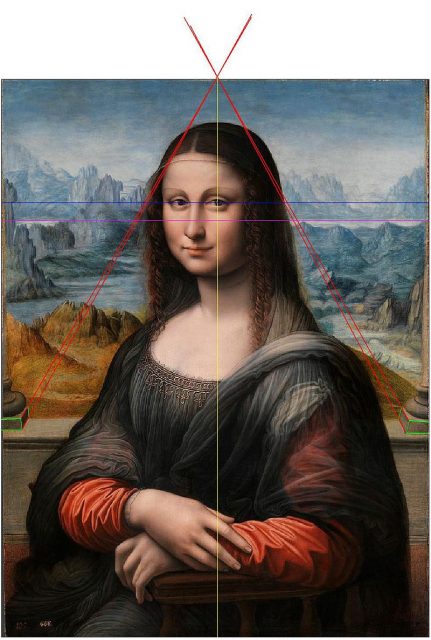
This radically changes the value of Prado’s Mona Lisa. Originally thought to be worthless, if it were indeed created underneath the tutelage and watchful eye of Leonardo by an apprentice, then this means that this copy is actually the most valuable copy ever made.
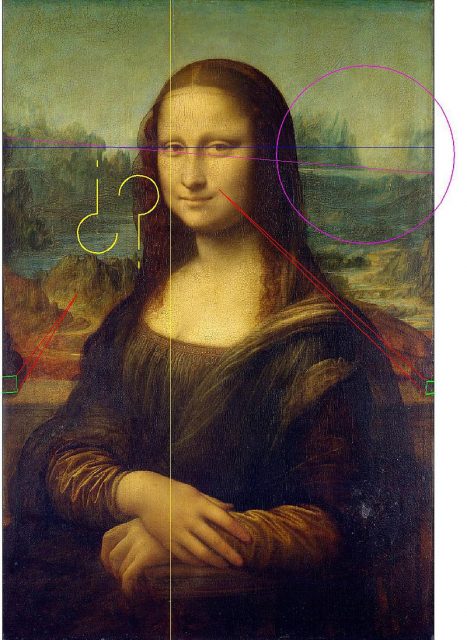
This painting, when compared directly to Mona Lisa, is still different. While the two share similar construction, the smile on Prado’s Mona Lisa is still markedly different from the original.
Perhaps the greatest thing that this copy brings to the viewer is an understanding of what the original color scheme of the Mona Lisa was meant to be. When looked at together, the difference in color really is night and day.
Andrew Pourciaux is a novelist hailing from sunny Sarasota, Florida, where he spends the majority of his time writing and podcasting.
